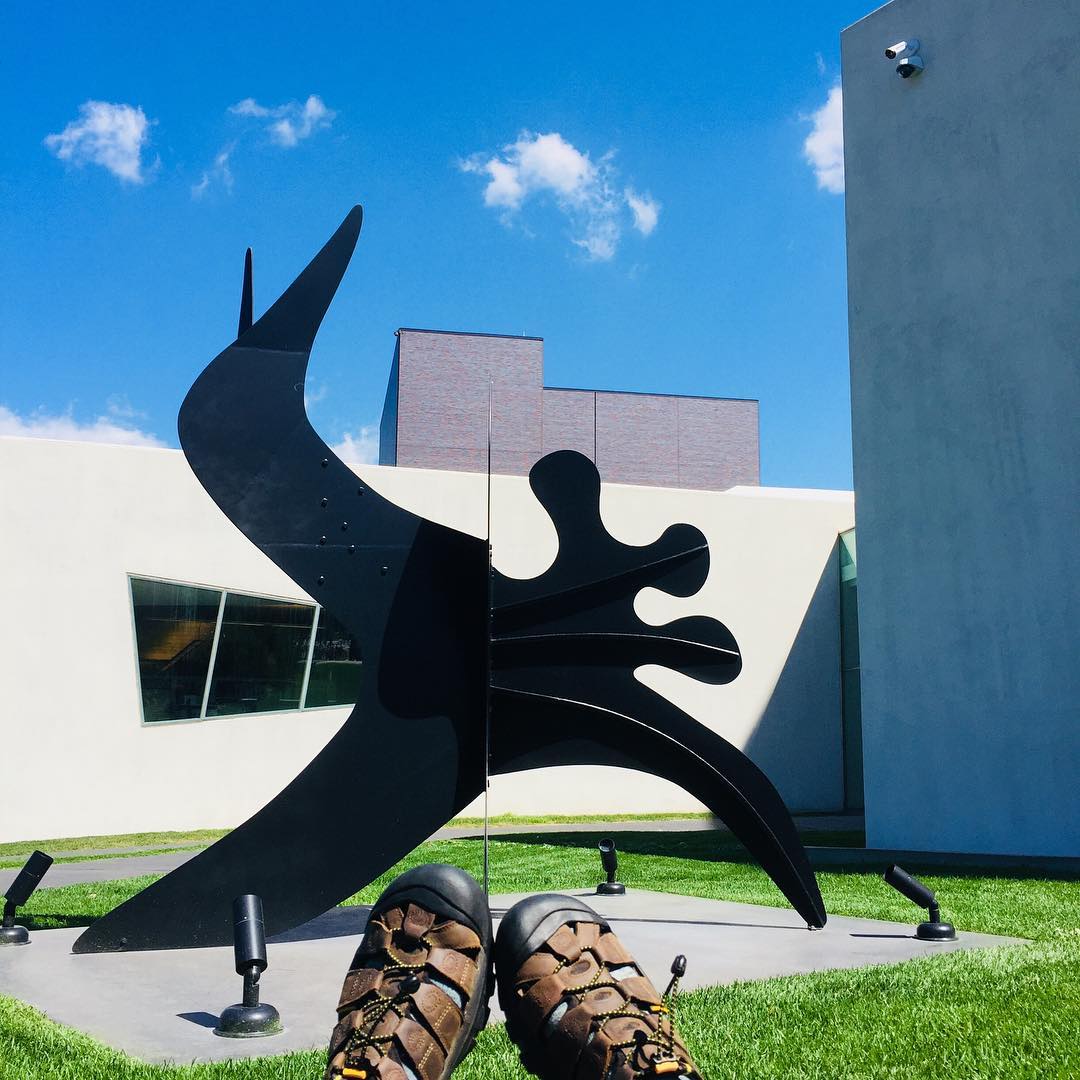
A recent article in the New York Times sketched an overview of what we wound up calling the “evolution revolution.”
Here’s the link: https://www.nytimes.com/2018/08/13/magazine/evolution-gene-microbiology.html
It recounts how an ornery, indefatigable, iconoclastic, highly original rebel researcher, a guy named Carl Woese, made the case that (to put it simply) Darwin’s Tree of Life was just a fairy tale. But that’s not the juicy part. The juice is that Woese blows up Darwin’s contention that each life form is a discrete genealogical entity that changes—evolves—by natural selection over time and circumstance strictly within its own genome.
But that’s not what happens! It’s way crazier than the nifty, tidy model of incremental change by “survival of the fittest” because Woese showed that genetic information is exchanged across species at the cellular level. Crazy! So tarantulas or armadillos or platypuses or your Uncle Bunky could suddenly adopt new genetic directives from an unnamed bacterium and nobody would even know what happened.
The article prompted what you could call an impromptu salon, but we didn’t call it a salon, so it was even better than one of those formally organized gatherings of prominent intellectuals in some hifalutin urban living room. Not that we weren’t accomplished. We just weren’t famous. Which is probably a good thing.
The writer among us quoted John Updike: “Celebrity is a mask that eats into the face.”
The artist listened and grimaced and said “Wow, that’s an image-and-a-half. Salvador Dali could have a field day with that image . . . but back to Carl Woese.”
The artist said that the importation of alien genetic information into a biological system sounds a lot like the history of art. It’s called co-option. Or appropriation. Sure, a culture or a school of art develops a visual language. Like the Persian miniatures. Or the development of perspective in the Middle Ages. Examples abound. But any artistic tradition is sooner or later “infected,” so to speak, kinda like genetic information being exchanged at the cellular level, only with imported visual information. New kernels of how to manipulate paint. New ways of seeing. So from an art history perspective, it certainly makes sense that something similar could happen biologically.
Well, not so fast, said the musician. It’s a little too easy to see biological appropriation in hindsight, after a visionary scientist upends the evolutionary status quo that we’ve all accepted for our entire lives . . . but that said, she said, interrupting herself, the same is certainly true in music. The entirety of world music is a compendium of appropriation. “I never thought of it that way before, but it’s true. There is no purely indigenous music, no more so than a pure life form . . . all life forms are temporary. Phases of an ongoing process.”
The conversation accelerated itself, pogo-sticking around the room, from artist to writer to business people to scientist to outdoorsmen, with clusters of everyone talking at once syncopated by points scored and points debunked. We all agreed. But not as much as we all disagreed. It was a beautiful thing.
Weirdly, the one quiet person in the room was the scientist. He didn’t seem all that happy with the pogo-sticking-brainstorming boisterousness that didn’t follow proper linearity from the well-ordered scientific breakthrough that spawned the free-for-all.
Funny. The headline describing the proceedings, if we were newsworthy people, could have been, “Precise Science Generates Wild Speculation.”
And then apropos of nothing, the artist claims the floor and states, “All creativity begins with observation. Observation, perception, they are the fount of creativity.”
The scientist cracked, and finally said something, and it wasn’t fun. “You can’t say that! How can you make such a statement? Where is the data?”
Data? To prove an insight on the fount of creativity?
Silence.
The “fount of creativity” theory is not something you would study in a data-centric way.
The scientist again demanded the data. If you’re going to make a correlation, you have to back it up with data!
The outdoorsman, a nationally ranked competitive fisherman, and a man of few words—probably a desirable attribute for a fisherman—asked the scientist, “Did you vote?”
The question was not expected. More silence. And then, “Of course I voted,” grumped the scientist.
Well, then, where was the data?
Voting. We don’t vote with data. Science offers one body of information. Business offers another. Religion offers another. And life experience offers another. But there are no peer reviewed, control group studies that conclude in a clear election choice. Don’t we all try to get a sense of things and make the best choices we can? And like voting, most of the way we navigate life is not data-driven. Choice of life partners, friends, careers, hobbies—we don’t seek out a life path by comparing data sets. And one of the many reasons is that no data sets exist for most of what we navigate.
And the pogo-sticking ramped up all over again. The vast majority of decisions we make are not based on reviewing reams of data, or on consulting a holy text, but on a whole array of inputs and hunches and preconceived notions. And experience. And curiosity. And facts based in science.
Someone finally asked, “So what’s the point here?”
Good question. Glad you asked.
- We do not need a point here, thank you very much.
- However, we have several.
- The scientist can be the fundamentalist.
- This is ironic.
- But it takes nothing away from science.
- Science remains the greatest engine of information in human history!
- YaaaY science.
- Discussions that include science must also include the immortal line from physicist Richard Feynman: “Science is the belief in the ignorance of experts.”
Eight points are more than enough for a short article.
And beside the point, Feynman also said: “Physics is like sex … it may give some practical results, but that’s not why we do it.”


